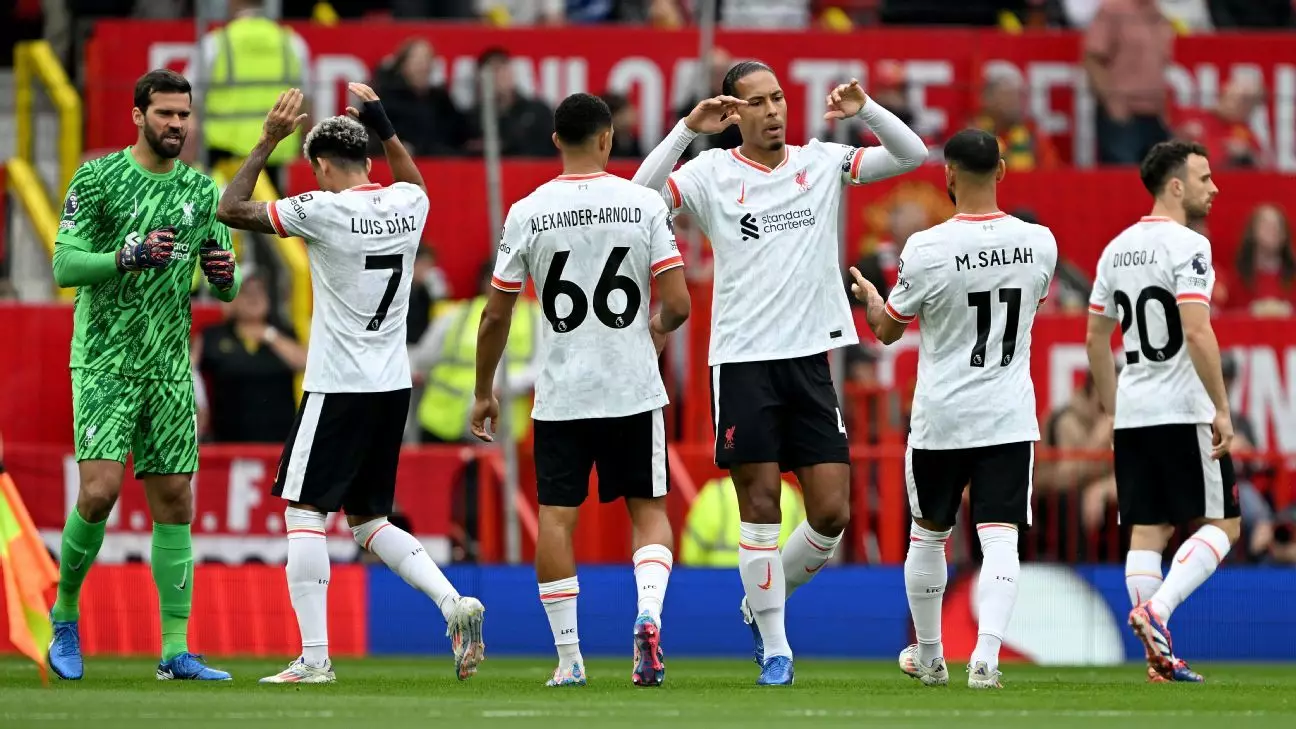The landscape of international football is continuously evolving, particularly with FIFA’s recent decision to implement interim transfer rules. This initiative places the emphasis on facilitating player mobility amid the backdrop of the upcoming Club World Cup, which is set to take place in the USA next June and July. The transitional frameworks proposed within these rules signal a potent shift in the regulatory mechanics of player transfers—highlighting both the strategic imperatives of clubs and the logistical challenges that players face as contracts wind down.
FIFA’s intervention comes at a critical juncture, as the organization seeks to reinvigorate club football on a global scale. With the World Cup for clubs’ format undergoing significant revisions, the revamped tournament will host 32 teams, including notable clubs like Real Madrid, Manchester City, Bayern Munich, and Paris Saint-Germain. The draw of this event is heightened by the presence of elite players, making it essential for clubs to reinforce their rosters prior to this significant competition.
The interim rules allow players with contracts expiring on June 30 to engage as free agents starting from June 1, ahead of the tournament. This provision opens avenues for clubs to capitalize on available talent, particularly to bolster their lineups for an event where prestige is on the line. Clubs like Liverpool, with star players such as Mohamed Salah and Virgil van Dijk, along with Tottenham’s Son Heung-Min, are likely to attract considerable attention from teams eager to enhance their competitive edge.
The ramifications of these rules extend beyond mere contract signings. FIFA’s allowance for an early transfer window from June 1-10 offers clubs a tactical advantage to finalize player agreements before the tournament begins. The two-week window permits players to be involved in competitive play immediately, reducing the risk of injury or loss of form during the transition period.
Notably, players like Kylian Mbappé, who will be a free agent on June 30, showcase the complexities that surround contract expirations during critical tournament timing. Such notable transitions could challenge clubs as they maneuver through the exigencies of player availability. The uncertainty surrounding contracts could leave key players at a disadvantage, forcing teams to navigate potential conflicts in player representation during the tournament.
Moreover, the exemption from traditional release rules regarding international duty adds another layer of strategy. Players based in the United States and Mexico who are called up for national duty at the same time as the Club World Cup could face scheduling conflicts, impacting both their teams and their commitments to their national squads. This creates a delicate balance for clubs involved, particularly with the looming 2025 Gold Cup also set to occur around the same timeframe.
The fluidity of these new regulations invites speculation on future transfer policies. FIFA’s past amendments during the COVID-19 pandemic, where traditional transfer dynamics were heavily disrupted, proved that flexibility is crucial in a sport that thrives on adaptability. This time, FIFA seems to be laying the groundwork for a more dynamic transfer system, reflecting the inherent changes within the football ecosystem.
In 2020, transitions such as Timo Werner’s move from RB Leipzig to Chelsea—foregoing the chance to compete in a critical Champions League campaign—signified a changing tide where player agency began to dictate the terms of transfer processes. Today’s rules mark a step further in that direction, emphasizing player rights and movements in an era that increasingly prioritizes individual agency over contractual stipulations.
FIFA’s interim transfer regulations introduce a transformative chapter within the realm of football. They not only aim to facilitate the participation of players in the imminent Club World Cup but also underline a shifting paradigm towards enhanced player mobility. With the intertwining of club ambitions and national duties, the landscape will require continuous adaptation. As clubs and players navigate this new terrain, the legacy of these interim measures will likely shape the future mechanisms by which football talent is transferred, retained, and celebrated. The coming tournament will serve as a crucial testing ground for these reforms, potentially redefining how the sport engages with its stars.

Leave a Reply